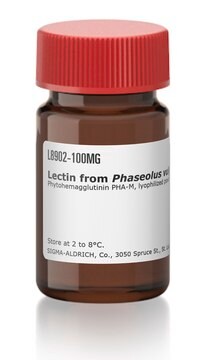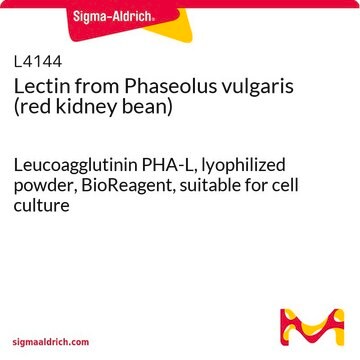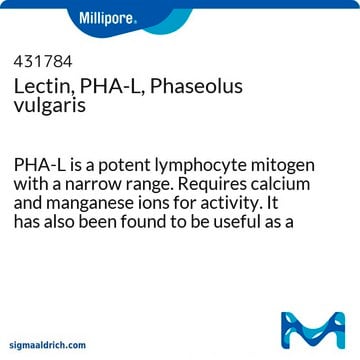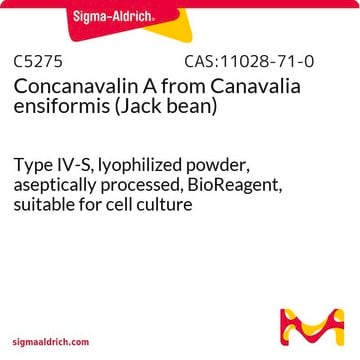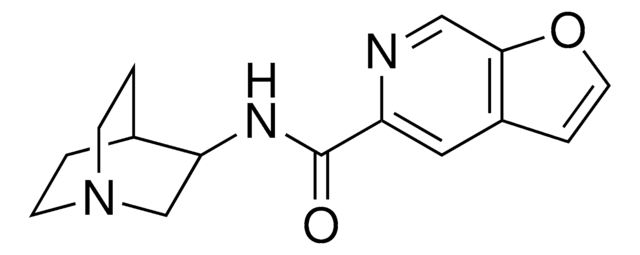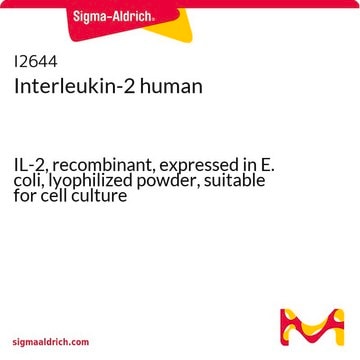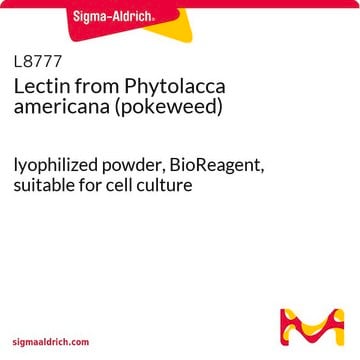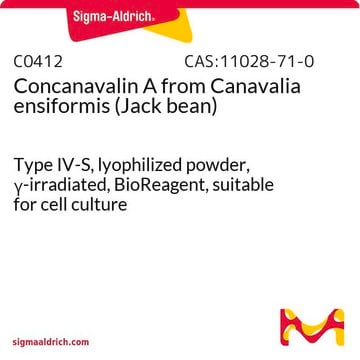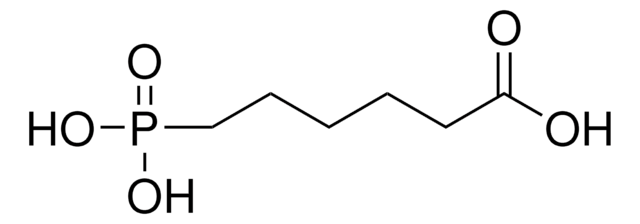Generally, PHA-P or PHA-L is utilized to stimulate lymphocytes, although PHA-M will also work, but not to the same degree. The most active form is PHA-L (the mitogenic concentration is < 5μg/ml). PHA, or Phytohemagglutinin, comprises two molecular species:
1. Erythroagglutinin (PHA-E), which demonstrates low mitogenic activity and high erythroagglutinating activity.
2. Leucoagglutinin (PHA-L), which possesses high mitogenic and leucoagglutinating activity, accompanied by very low erythroagglutinating activity.
PHA-P represents the protein form of PHA before the erythroagglutinin and leucoagglutinin components are separated and purified. PHA-M refers to the mucoprotein form of Phytohemagglutinin.


